How Laser or Structured Light Scanning can Preserve Your Tuned Molds and Dies – Just Like Notre Dame
How Laser or Structured Light Scanning can Preserve Your Tuned Molds and Dies – Just Like Notre Dame
In this Blog article, Reverse Engineering Service expert Mako GmbH discusses how we can use laser or structured light scanning to preserve your tuned molds and dies.
Your Molds and Dies are critical to your business. They were meticulously created and iteratively tuned until the parts they produce are within specification. At that point, they were put into production and no documentation of the final tuned geometry was captured. This is actually the standard operating procedure for most of the world. The problem occurs when a part gets stuck and the equipment is cycled again and the tool cracks! Now you are stuck with having to go through the entire tuning process again. Or are you? With laser scanning and structured light scanning you may be in luck.

The Notre Dame Connection
The world was shocked on April 15, 2019 when Notre Dame caught fire and damaged this historic church. As people we tend to take things for granted until they are damaged or gone. The church has stood since the 12th century. Why wouldn’t it stand forever? The same can be said for any of our historic buildings or artifacts. Fortunately, Ubisoft, gaming company had a thorough long range laser scan of the entire church just a few years before to recreate it within a game accurately. So if, they decide to rebuild to the same dimensions as before, they have an accurate as built record of this to go by.
How This Applies To Your Molds and Dies
The same things can be done for your damaged tools and dies or as an insurance policy for undamaged ones. If you were able to have a scan done just after the tool tuning was complete, you would then have a template to cut a new tool or component. This might still require an iteration or two but will get you very close to the original state of your tool. This could save weeks of tuning time for complicated tools.
The actual scanning activity is very quick and takes only hours. Services providers like Mako GmbH can even come on site to your place and do the scanning. The idea would be to preserve a record of where the tool is at a time when it is producing known good parts. Later if something in the part dimensions changes or if the tool breaks, then you have a backup and a quick place to start.
Later you can use this as the basis for a wear analysis by rescanning the tool and comparing that data to the original data. Then you will be able to highlight the differences and wear that has occurred. Or rule out that the mold geometry has changed significantly if you are experiencing issues. This can also be a great way to show your end customer that your tooling has remained constant over various periods of time.

Helps When Your Mold or Die Breaks
If the tool breaks, then you have a point cloud data set that can then be reverse engineered. This is, in fact, the majority of the reverse engineering projects that we do at Mako GmbH. We are experts in data collection and modeling and recreating. We employ degreed engineers to do it all.
However, if you don’t have data already captured from the tool while it was in good shape and that mold or die has now cracked or broken, we can still help. We can scan your broken tools and digitally fix them and present you with a CAD model that can be cut to that shape and save you time. While this works well, it is always better to have data from the undamaged tool.
Please contact us today to discuss how we can provide you with scan data, reports or CAD models to help protect your critical tool and die investments.
If you want to explore more about Reverse Engineering, 3D Scanning, CAD software and how to master them check out our Blog Posts here or contact us here to get in touch with a Reverse Engineering expert!

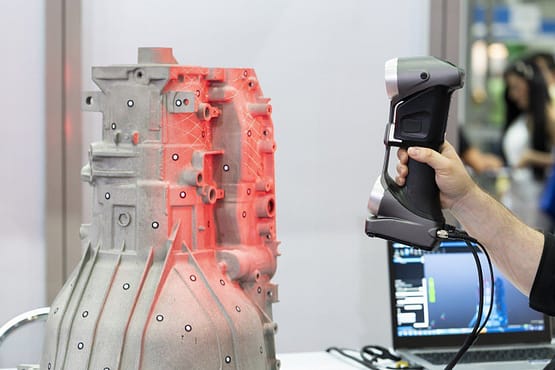
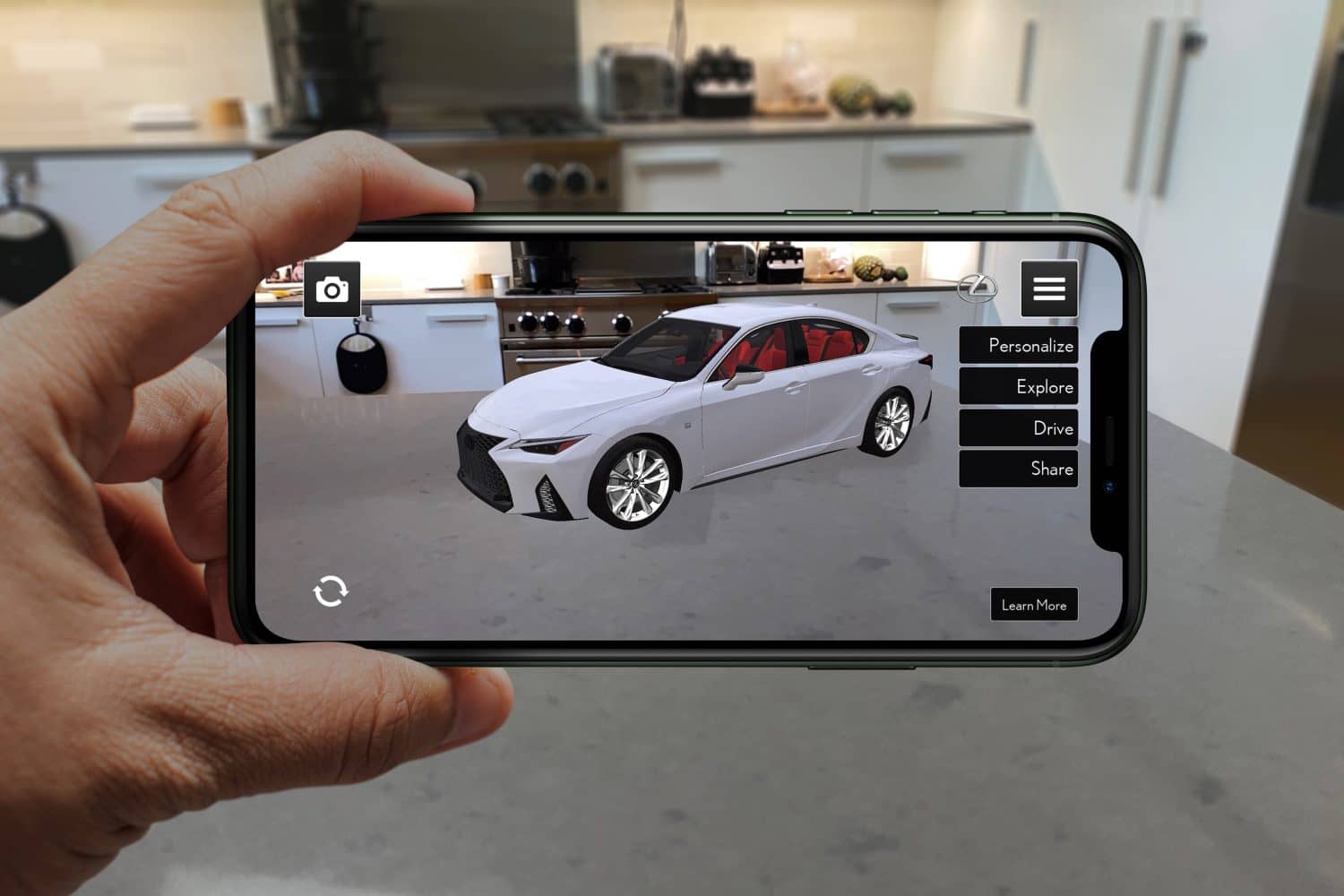
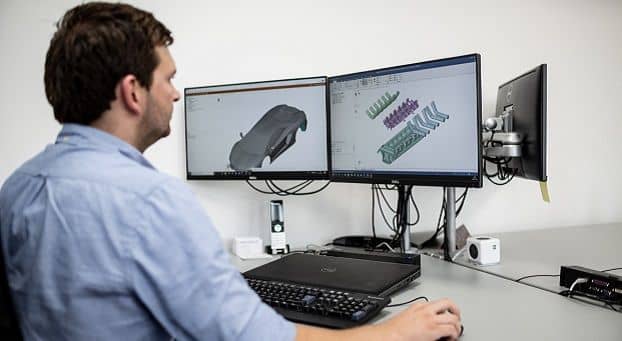
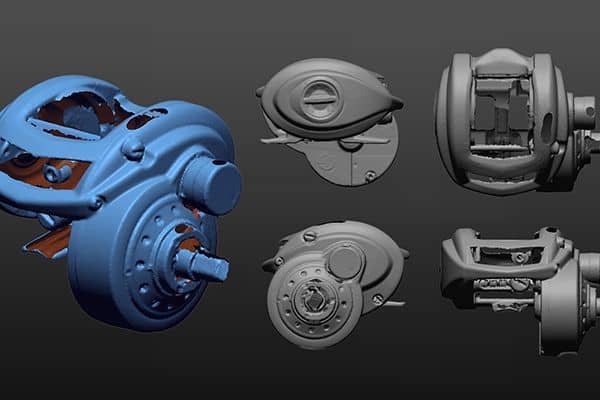
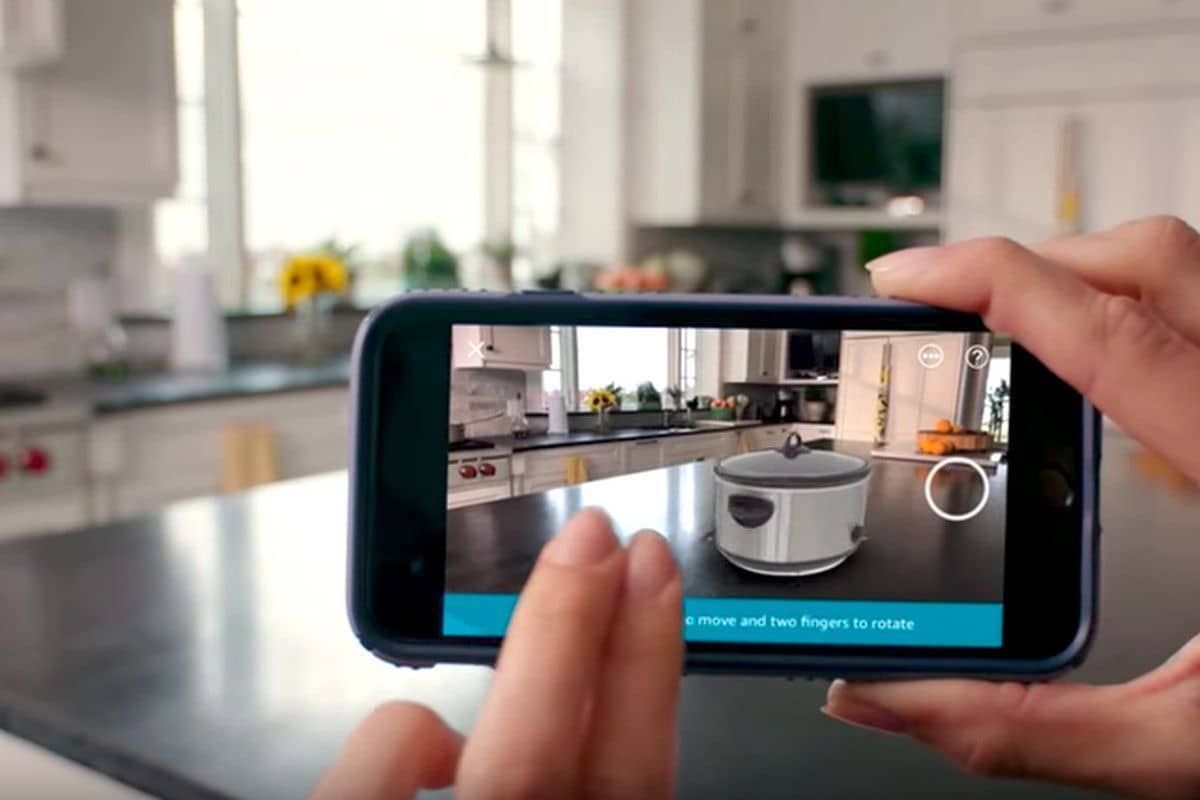



There are no comments